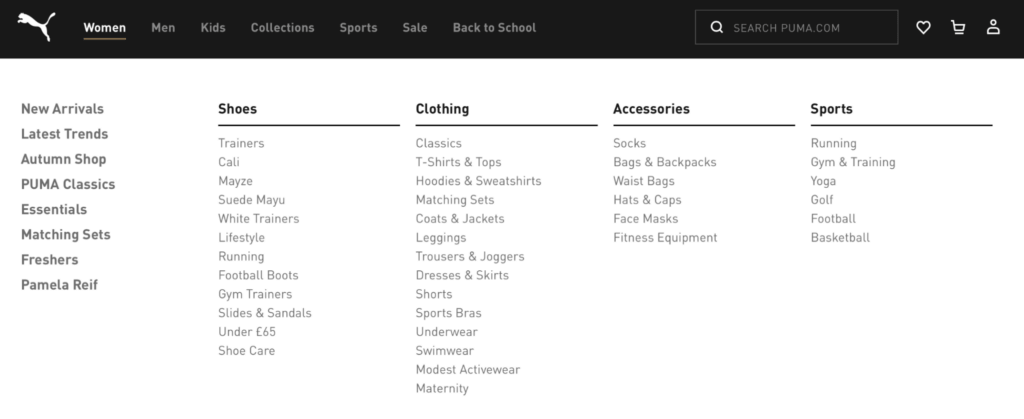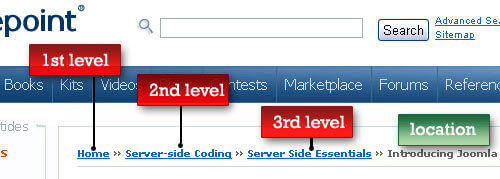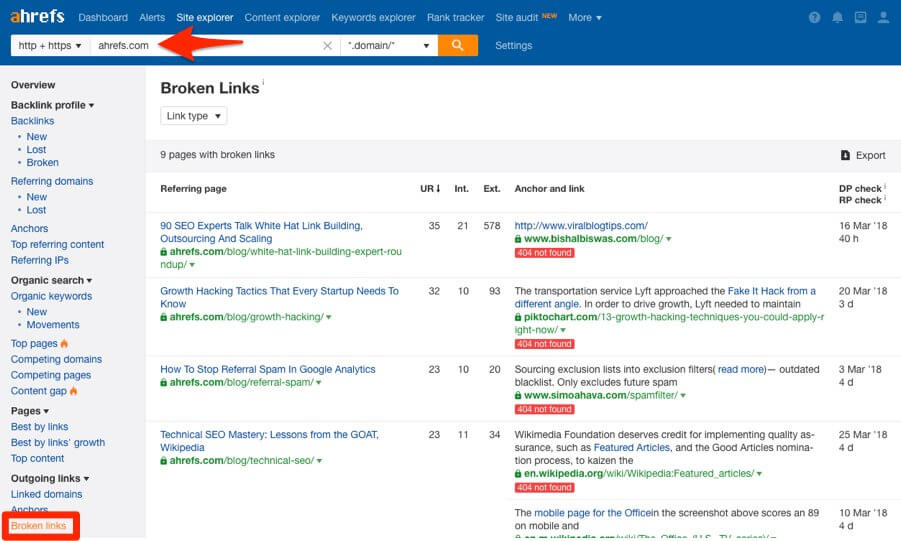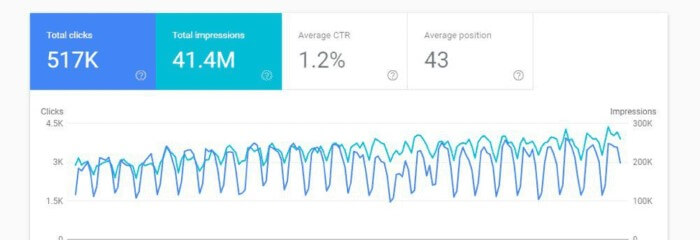8 Min Read

In today’s digital age, having a strong online presence is crucial for businesses and brands. It involves various aspects, such as generating traffic, improving user experience, increasing conversion rates, and enhancing brand awareness. One of the key elements that can significantly impact your website’s performance in search engine rankings is its structure and architecture. In this article, we will explore effective site architecture tips that can help you improve your website’s SEO performance, with insights from Digfinity, a leading digital agency that specializes in optimizing websites for maximum online visibility and success.
Why Website Structure Matters for SEO?
Before diving into the tips, let’s understand why website structure is vital for SEO. Search engines use crawlers to navigate and index websites. These crawlers follow links and assess the overall structure of your site to determine its relevance, authority, and user-friendliness. A well-structured website not only helps search engines understand your content better but also enables users to navigate your site seamlessly. When search engines and users can easily find what they’re looking for, it improves your chances of ranking higher in search results, attracting organic traffic, and increasing user engagement.
1. Plan a Logical Hierarchy with Clear Categories and Subcategories
When designing your website’s structure, it’s crucial to plan a logical hierarchy that organizes your content into clear categories and subcategories. This hierarchical organization makes it easier for search engines and users to understand the relationships between different sections of your website. Utilize headings to define these categories and subcategories, using appropriate H1, H2, H3, and H4 tags.
2. Optimize URL Structure for Readability and Relevance
URLs play a significant role in SEO. Ensure your URLs are concise, descriptive, and easy to read. Include relevant keywords in your URLs, but avoid excessive keyword stuffing. For example, instead of using a URL like “www.example.com/p=1234,” consider structuring it as “www.example.com/category/page-title” for improved readability and SEO value.
3. Create a User-Friendly Navigation Menu

A user-friendly navigation menu enhances the overall user experience and helps search engines understand the structure of your website. Your navigation menu should be intuitive, well-organized, and accessible from every page. Use clear and descriptive labels for each menu item, incorporating relevant keywords where appropriate.
4. Utilize Breadcrumbs for Easy Navigation

Breadcrumbs provide users with a trail of links that indicates their current location within your website’s hierarchy. They are displayed near the top of the page and serve as an additional navigation aid. Breadcrumbs not only enhance user experience but also help search engines understand the relationships between different pages on your site.
5. Implement Internal Linking Strategically

Internal linking refers to linking relevant pages within your website. It helps search engines discover and index pages, distributes link authority throughout your site, and enhances user navigation. When implementing internal links, ensure they are contextually relevant, utilize descriptive anchor text, and avoid excessive linking, which can dilute the SEO value.
6. Optimize Page Load Speed
Page load speed is crucial for both user experience and SEO. A slow-loading website can lead to higher bounce rates and lower search engine rankings. Optimize your website’s performance by minimizing file sizes, enabling browser caching, leveraging content delivery networks (CDNs), and using efficient coding practices.
7. Mobile-Friendly Responsive Design

In the era of mobile browsing, having a mobile-friendly responsive design is no longer an option but a necessity. Google and other search engines prioritize mobile-friendly websites in their search results. Ensure your website is optimized for mobile devices, providing a seamless browsing experience across different screen sizes.
8. Create XML Sitemap for Search Engines
An XML sitemap is a file that lists all the pages of your website and provides valuable information to search engines, such as when a page was last updated and how important it is relative to other pages on your site. Generating and submitting an XML sitemap to search engines helps ensure that your website is fully crawled and indexed.
9. Use Structured Data Markup
Structured data markup, also known as schema markup, provides search engines with additional information about your website’s content. By implementing structured data, you can enhance your search engine listings with rich snippets, such as star ratings, reviews, and event details. This can increase your website’s visibility and attract more clicks from search engine users.
10. Optimize Images with Descriptive Alt Text
Images are an integral part of web design and content. When adding images to your website, optimize them for SEO by including descriptive alt text. Alt text helps search engines understand the contents, mood, or theme of an image. It also improves accessibility for visually impaired users and ensures that your website remains informative even if the images fail to load.
11. Regularly Monitor and Fix Broken Links

Broken links can harm your website’s SEO and user experience. Regularly monitor your website for broken links and fix them promptly. Use tools like Google Search Console or third-party crawlers to identify broken links, and update or redirect them to relevant pages. This practice helps search engines crawl your site more efficiently and ensures users can access your content without encountering dead ends.
12. Optimize for Site Speed and Mobile Performance
In addition to individual page load speed, overall site speed and mobile performance are essential factors for SEO. Ensure that your website is optimized for fast loading on all devices. Minimize the use of large media files, enable compression, and leverage caching techniques to improve site speed. Regularly test your website’s mobile performance and make necessary optimizations to provide a seamless experience to mobile users.
13. Monitor and Improve User Engagement Metrics
User engagement metrics, such as time on page, bounce rate, and click-through rate, indirectly influence search engine rankings. High-quality content, intuitive navigation, and a positive user experience contribute to better engagement metrics. Monitor these metrics regularly using tools like Google Analytics and make improvements to keep users engaged and satisfied.
14. Enhance Security with SSL Certificates
Website security is critical for both user trust and SEO. Implement SSL (Secure Sockets Layer) certificates to encrypt data transmitted between your website and users’ browsers. SSL certificates not only protect user information but also signal to search engines that your website is secure. This can positively impact your search engine rankings and boost user confidence in your brand.
15. Regularly Monitor and Analyze SEO Performance

Improving your website’s structure for SEO is an ongoing process. Regularly monitor and analyze your website’s SEO performance using tools like Google Analytics, Google Search Console, or third-party SEO software. Track your keyword rankings, organic traffic, and user behavior to identify areas for improvement and optimize your site accordingly.
Improving your website’s structure is a crucial step in optimizing it for search engines and users alike. By implementing the site architecture tips discussed in this article, you can enhance your website’s visibility, increase organic traffic, and improve user experience. Remember to plan a logical hierarchy, optimize URLs and navigation, utilize internal linking, prioritize mobile responsiveness, and regularly monitor your website’s SEO performance. With the guidance from Digfinity, you can optimize your website’s structure for SEO success and outperform your competitors in the digital landscape.
FAQs (Frequently Asked Questions)
1. How long does it take to see the impact of improved website structure on SEO?
The impact can vary depending on various factors such as the size of your website, the competitiveness of your industry, and the frequency of search engine crawls. Generally, it may take a few weeks to several months to observe significant improvements in your search engine rankings and organic traffic.
2. Are there any tools that can help analyze and improve website structure for SEO?
Yes, several tools can assist you in analyzing and improving your website’s structure for SEO. Google Analytics, Google Search Console, and third-party SEO software like Moz and SEMrush provide valuable insights into your website’s performance, including site architecture, user engagement, and keyword rankings.
3. Can improving website structure alone guarantee top search engine rankings?
While improving website structure is crucial for SEO, it is just one of the many factors that search engines consider when ranking websites. Content quality, relevance, backlinks, and user experience also play significant roles. A holistic SEO approach that addresses multiple aspects is necessary to achieve and maintain top search engine rankings.
4. Should I prioritize user experience or search engine optimizati4. Should I prioritize user experience or search engine optimization when structuring my website?
Both user experience and search engine optimization should be given equal importance when structuring your website. A user-friendly website that provides valuable content and a seamless browsing experience tends to perform well in search engine rankings. Strive to create a structure that serves the needs of both users and search engines.
5. Can I improve my existing website’s structure, or is it better to start from scratch?
In most cases, you can improve your existing website’s structure without starting from scratch. Conduct a thorough analysis of your current structure, identify areas for improvement, and implement necessary changes gradually. This approach allows you to maintain existing content, backlinks, and authority while enhancing your website’s SEO performance.



